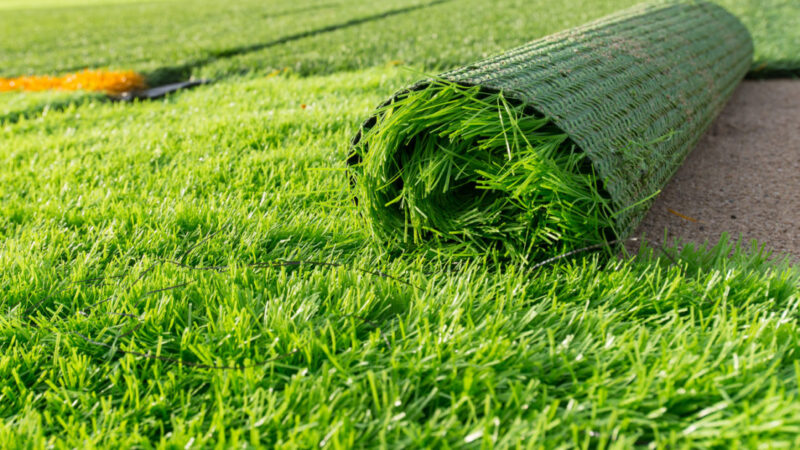Tips for Cultivating and Flourishing with Snake Plants

Snake plants, known as Sansevieria or Mother-in-law’s Tongue, are beloved for their hardiness and striking appearance. Whether you’re a beginner or a seasoned gardener, snake plants are an excellent addition to any indoor space. Their tall, upright leaves, adorned with patterns ranging from deep green to yellow-edged varieties, make them both decorative and functional. Additionally, snake plants are known for their air-purifying abilities, making them a healthy addition to your home.
Here’s a beginner-friendly guide to help you cultivate and maintain a flourishing snake plant.
1. Choosing the Right Location
Snake plants are incredibly versatile and can tolerate a range of light conditions, making them perfect for most indoor spaces. However, to help them truly thrive, it’s important to find the best spot for them.
- Light Requirements: Snake plants can survive in low light, but they grow best in indirect, bright light. A spot near a window where they get plenty of filtered sunlight is ideal. Too much direct sunlight can scorch their leaves, while too little light can slow down their growth.
- Temperature: These plants prefer warmer temperatures and should be kept in environments between 60°F and 85°F (15°C to 29°C). Avoid placing them near cold drafts or air conditioning vents, as they don’t tolerate cold very well.
2. Watering Your Snake Plant
One of the main reasons snake plants are popular with beginners is their low water requirement. They can withstand drought conditions, so overwatering is one of the few things that can harm them.
- Watering Schedule: Water your snake plant sparingly. During the warmer months, water the plant every 2-3 weeks, allowing the soil to dry out between waterings. In the winter, water even less frequently—once a month is usually enough.
- How to Water: When watering, make sure to pour water directly into the soil, not over the leaves, to avoid rot. Drain excess water and ensure your pot has drainage holes to prevent water from sitting at the bottom, which can cause root rot.
3. Choosing the Right Pot and Soil
Like all plants, snake plants need the right environment to thrive, and choosing the correct pot and soil is a big part of this.
- Pots with Drainage: It’s crucial to choose a pot with drainage holes at the bottom to allow excess water to escape. Snake plants hate soggy soil, and without proper drainage, the roots can rot.
- Soil Type: Snake plants thrive in well-draining soil. A cactus or succulent potting mix works well for snake plants as it drains quickly and doesn’t retain too much moisture. You can also make your own mix by combining regular potting soil with sand or perlite to improve drainage.
4. Fertilizing Your Snake Plant
Snake plants don’t require a lot of feeding, but a little bit of fertilizer can boost their growth, especially during the growing season.
- When to Fertilize: It’s best to fertilize snake plants during the spring and summer, which are their active growing seasons. A balanced, all-purpose liquid fertilizer diluted to half strength works well.
- How Often: Apply fertilizer once every two to three months during the growing season. Avoid fertilizing in fall and winter, as the plant enters a dormant phase and doesn’t need the extra nutrients.
5. Benefits of Snake Plants
Besides being easy to care for, snake plants offer a range of benefits. They are known for their air-purifying qualities, as they remove toxins like formaldehyde, benzene, and xylene from the air. This makes them a great addition to bedrooms or living areas where you spend a lot of time.
Moreover, snake plants release oxygen during the night, unlike most plants, which makes them excellent for improving indoor air quality while you sleep.
Final Thoughts
Snake plants are ideal for both beginners and seasoned gardeners, thanks to their adaptability and low-maintenance care. By following these simple tips, you can ensure your snake plant not only survives but thrives in your home. With minimal effort, you’ll enjoy the beauty and benefits of this resilient plant for many years to come.
So, whether you’re looking to add some greenery to your space or want to try your hand at indoor gardening, snake plants are a perfect starting point!




